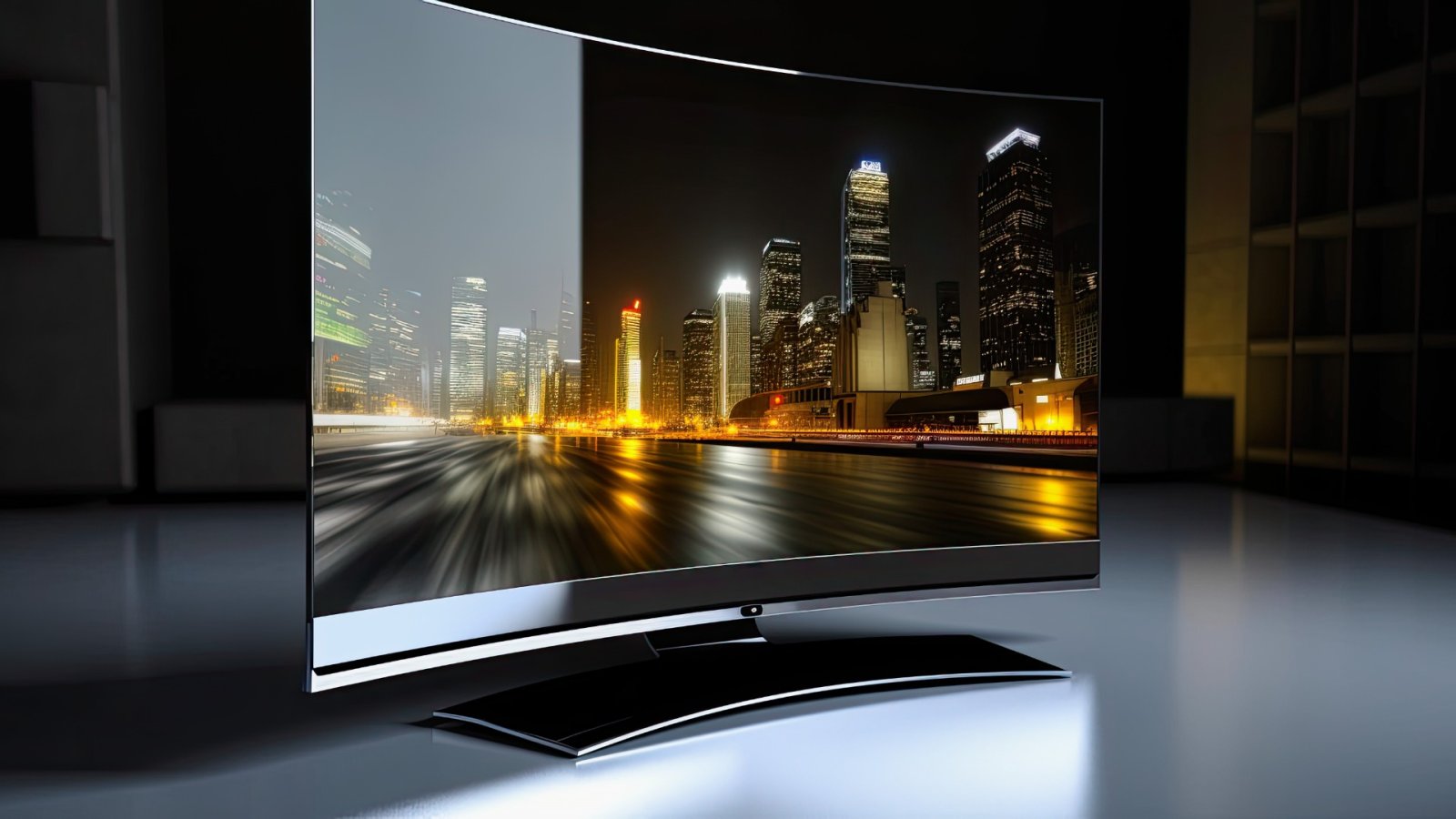In the mid-2010s, the TV industry was focused on innovation beyond superficial gimmicks to improve the overall viewing experience. 3D technology never caught on widely with consumers as hoped. Researchers wanted to enhance picture quality itself.
This led them to experiment with curved screen designs in the early 2010s as a way to potentially optimize the visuals beyond just improving internal display components. The first curved TV models launched in 2013 generated initial buzz but prices were extremely high at the time. Interest fell off sharply in subsequent years. Now, nearly a decade later, curved TV prices have fallen significantly and become more affordable options compared to modern flat screens. Before considering a curved television, it's important to understand what the technology set out to accomplish visually and whether advances have made the benefits truly noticeable to the average viewer.
Curved TVs aimed to enhance the viewing experience by wrapping the screen in a curve much like the field of vision of the human eye. This was meant to deliver a more immersive feeling for the viewer. Sitting in the optimal viewing position, image quality could be excellent with a curved screen. The curve helps focus light entering the eyes, improving contrast and perception of depth in the picture. Many curved models also utilize processing techniques to further build upon this depth effect. Additionally, the curve redirects light to maintain sharpness no matter the distance from the screen, allowing clear viewing from more locations in large rooms so long as the sweet spot is occupied and eyes are straight ahead on the curved surface.
- The goal of the curved screen was to mimic human binocular vision and provide a wraparound viewing experience for better immersion.
- Sitting in the "sweet spot" allows viewers to take full advantage of the focused light and enhanced depth perception the curve enables.
- Curved TVs concentrate light entering the eyes evenly for improved contrast compared to flat screens.
- Post-processing adds to the 3D-like sense of depth that the natural curvature provides.
- Image clarity is maintained at varying distances/angles within the optimal viewing zone, unlike flat screens.
- So long as the sweet spot is occupied directly in front of the curved panel, visibility should be high quality even from farther seating positions in large rooms.
- The curvature aims to mimic natural human vision more seamlessly than a standard flat TV by wrapping the display around the viewer.
So in summary, sitting in the prime spot allows curved TVs to leverage optical advantages for better immersion, contrast and perception of depth versus traditional flat-panelled sets.
While curved TVs were capable of delivering enhanced picture quality from the optimal viewing position, their technology also introduced some drawbacks that limited widespread adoption. Beyond high initial costs, the curved shape restricted the viewing experience. Outside of the precise "sweet spot," the image quality suffered noticeably in comparison to a flat screen. Additional lighting in a room could also easily cause reflections on the curved panel to the detriment of the picture. Perhaps most problematic was the narrow viewing angle, where viewers beyond a certain point couldn't see portions of the screen.
For large living rooms meant for groups, this single optimal spot undermined the purpose of a big TV. If only one family member could experience the improved display from the sweet spot, it become a source of irritation. A curved model works best for solo viewing from a dedicated space with limited movements. In most family or entertainment applications, a conventional flat screen remains a safer choice.






